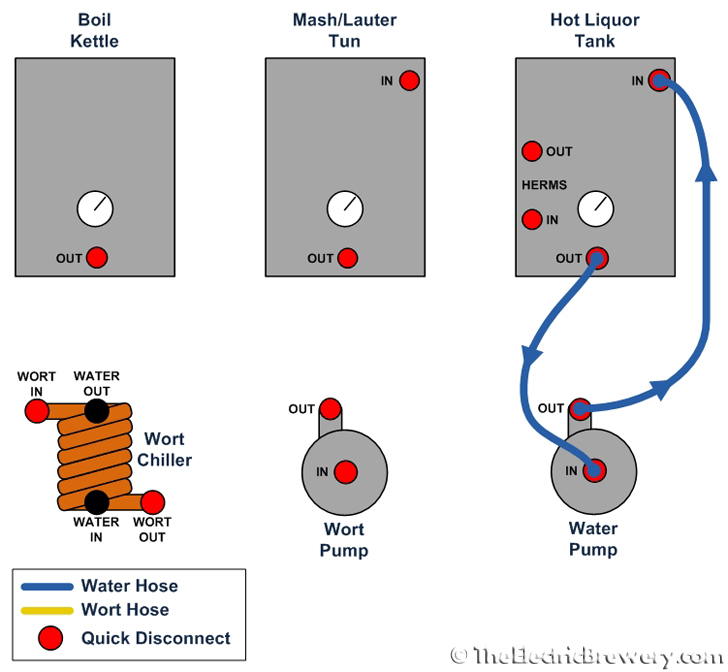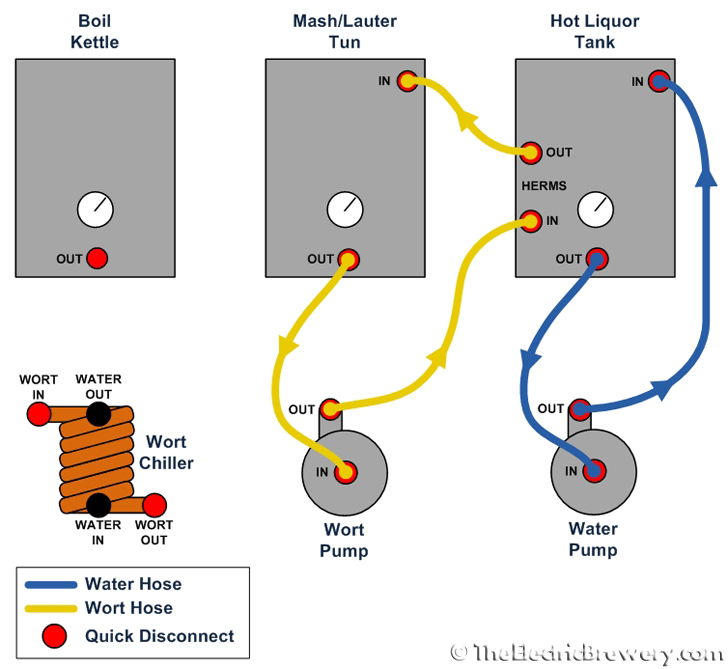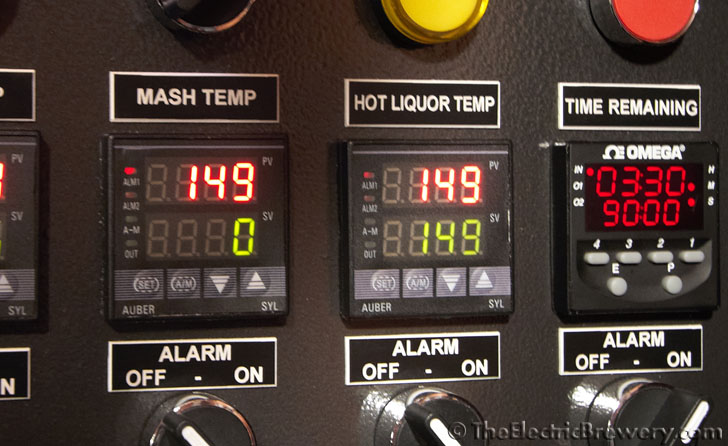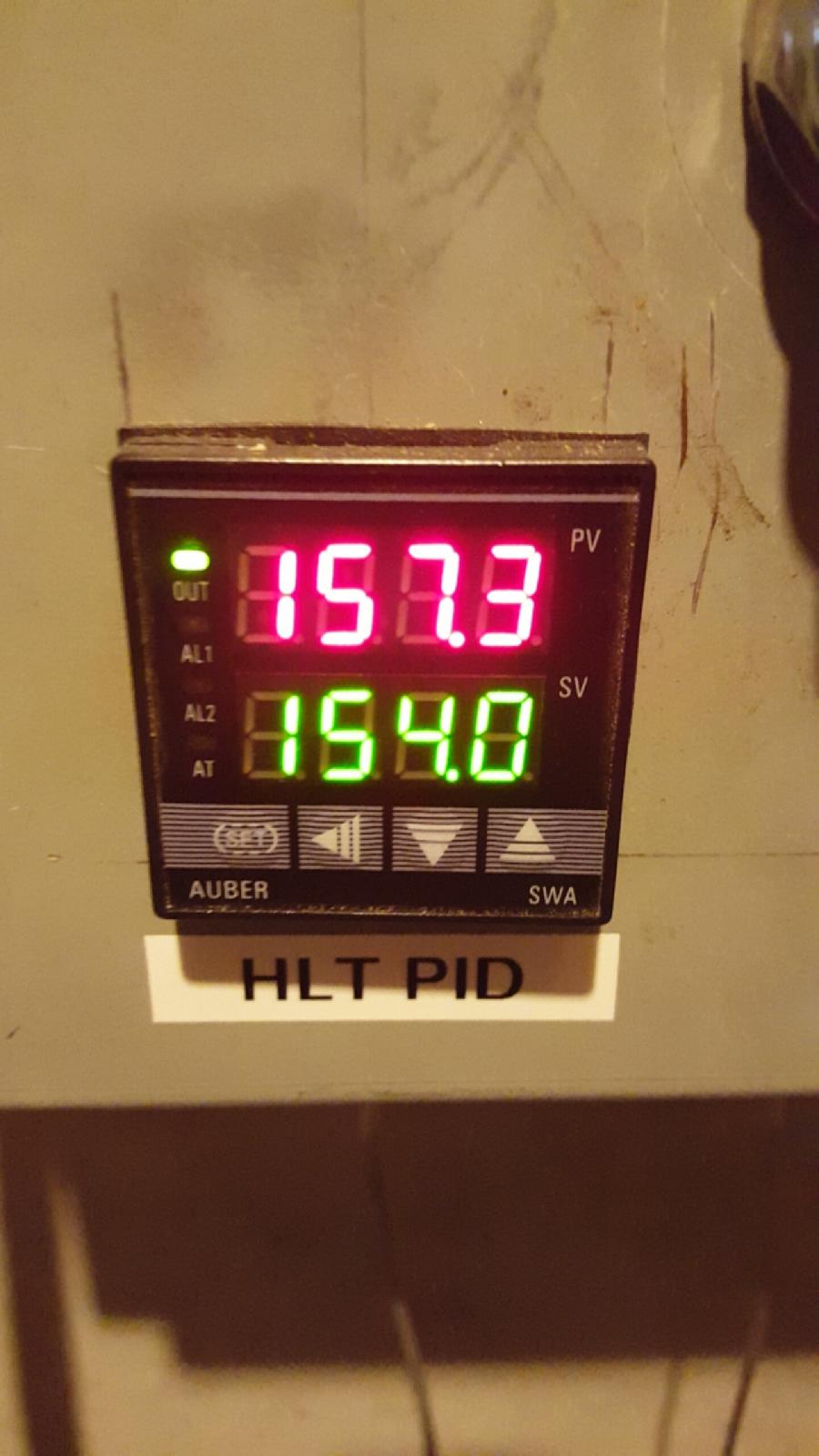awarner322
Well-Known Member
Hey guys, I have done a handful of beers on my herms system and have been tweeking things as I go. My question is: How 'close' does your system keep your temps to your set value? Mine never seems to settle on the number (overshoots, undershoot, repeat). What I don't know if that is normal. I suspect the answer is no...and my P I D settings need tweeking. I have auto tuned numerous times and always get different values. I have seen some videos of guys PIDs and I see the 'output' light turning on and off very rapidly and frequently....I do NOT have this happening. Should I?
I know these questions get annoying....and this forum is littered with them. But I can never seem to find the answers I am looking for. So thanks for your help.
I use
Auber SYL 2342 for my Boil
Auber SWA 2451 for HLT
I know these questions get annoying....and this forum is littered with them. But I can never seem to find the answers I am looking for. So thanks for your help.
I use
Auber SYL 2342 for my Boil
Auber SWA 2451 for HLT






